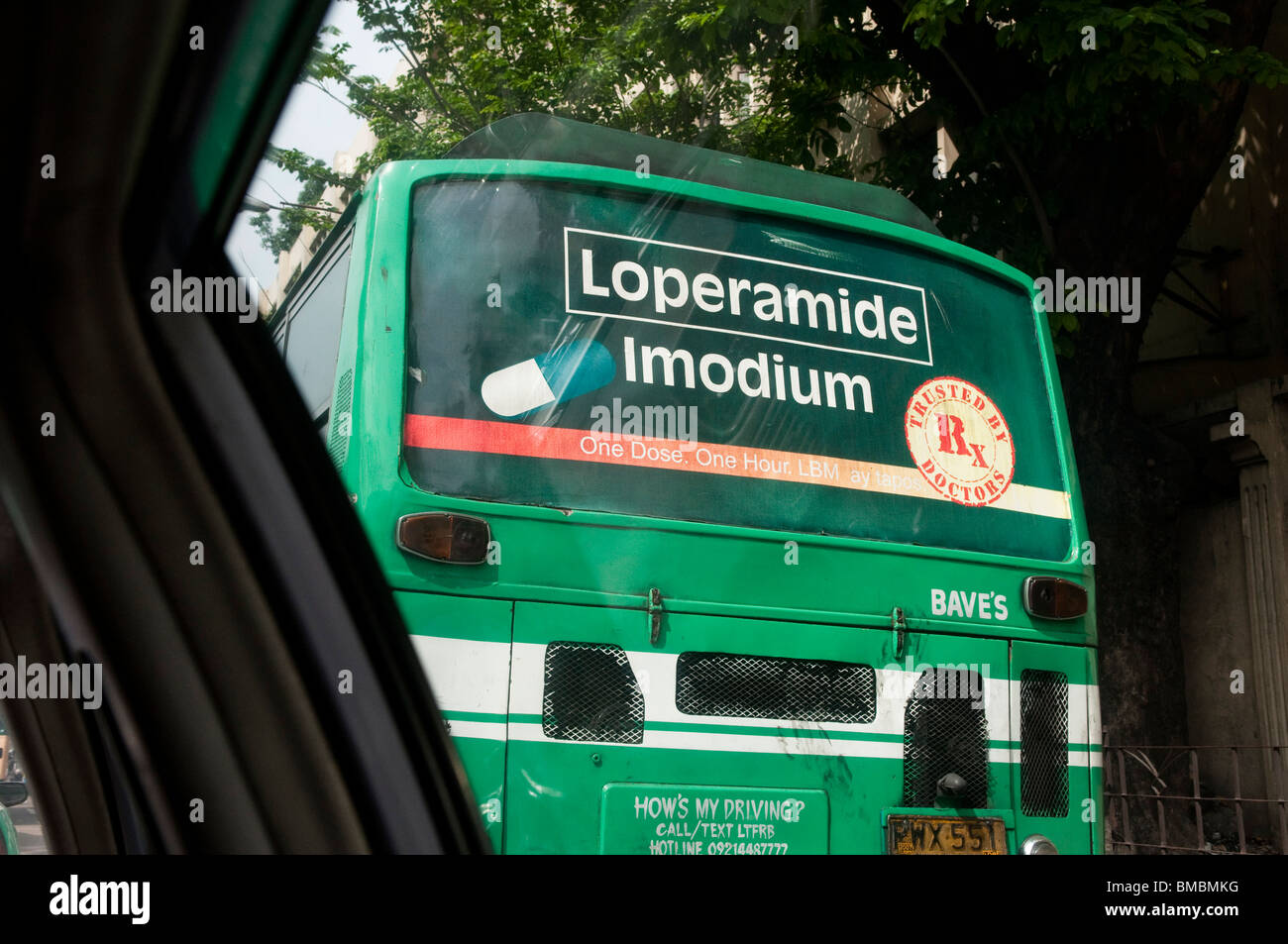Reliable Transit Advertising Philippines to Expand Your Target market
Wiki Article
Understanding the Function of Transportation Marketing in Enhancing Brand Name Visibility and Consumer Involvement
Transit advertising and marketing has become a crucial aspect in the advertising and marketing landscape, offering special possibilities for brands to raise their presence and engage consumers properly. With the ability to reach a diverse and restricted target market throughout their daily commutes, these marketing approaches are not merely about exposure; they are concerning developing meaningful connections with prospective consumers. As we discover the multifaceted benefits and innovative techniques within transportation advertising and marketing, it comes to be important to think about just how these components jointly affect customer assumption and actions, questioning about their long-term impact on brand loyalty.Interpretation of Transportation Advertising
Transportation marketing refers to the practice of promoting items, solutions, or brands through promotions positioned around mass transit systems. This form of advertising incorporates a range of placements, including posters on trains and buses, electronic screens at transportation terminals, and wraps on the exterior of lorries. It aims to reach a varied audience, maximizing the high foot website traffic connected with public transit.Transportation marketing is strategically placed to catch the attention of travelers, who often invest considerable time waiting or taking a trip. By integrating ads into the day-to-day routines of people, brands can develop an enduring impression and foster brand name recognition. The tool is especially reliable in metropolitan settings, where mass transit is a primary mode of traveling.
Furthermore, transportation advertising can promote localized targeting, permitting companies to get to certain demographics based upon transportation courses and terminal places. As urban populaces expand and using public transportation rises, this marketing approach has acquired prestige as an important element of incorporated marketing methods. The vibrant nature of transit advertising and marketing, combined with its capability to involve customers in a captive environment, highlights its value in contemporary advertising methods.
Advantages of Transportation Advertising And Marketing
The effectiveness of transit marketing hinges on its capacity to supply a multitude of benefits to brands seeking to improve presence and involvement. Among the key benefits is the substantial reach it supplies; transportation advertisements can effectively target diverse demographics across urban areas, reaching both pedestrians and commuters alike. This broad exposure significantly increases brand awareness.Another benefit is the high frequency of impressions. As transportation lorries follow established routes and quit at numerous areas, they develop recurring direct exposure that strengthens brand messages. This frequency promotes experience, which is important in consumer decision-making.
Transit advertising is also cost-effective contrasted to various other media systems. Given its expansive reach and potential for high impacts, brand names commonly experience a lower expense per thousand impressions (CPM), maximizing their advertising and marketing spending plan.
Additionally, transit ads can develop a feeling of neighborhood connection. By straightening with regional transit systems, brand names can reverberate with regional target markets and promote a sense of neighborhood pride. This localized technique boosts brand commitment and involvement, making transit advertising a compelling choice for businesses intending to solidify their visibility in the marketplace.

Reliable Techniques for Transportation Campaigns
To make the most of the influence of transit projects, brands need to take advantage of strategic preparation and implementation tailored to their target market. First, recognizing the demographic features of the audience utilizing public transportation is important. This allows brands to develop personalized messaging that reverberates with possible clients.Following, selecting the best transportation mediums is vital. Whether making use of bus covers, subway posters, or digital displays, each tool has unique advantages that can boost visibility. For instance, lively visuals on bus covers can attract interest, while electronic advertisements can be updated often to mirror prompt promotions.
Furthermore, incorporating a natural branding strategy across transit platforms makes sure uniformity and strengthens the brand's identity. Using distinctive designs and memorable taglines will certainly enhance brand name recall amongst travelers.
By using these strategies, brands can effectively harness the capacity of transit advertising, fostering greater understanding and link with their target audience. Eventually, a well-executed transit campaign can drive significant development in brand visibility and customer interaction.

Determining Impact and Engagement
In reviewing the efficiency of transit ad campaign, accurate dimension of effect and engagement is crucial for brand names seeking to maximize their advertising strategies. Metrics such as reach, regularity, and impressions give foundational data to examine visibility. Assessing these elements aids figure out how several prospective consumers are subjected to the promotions during their day-to-day commutes.Interaction can be more evaluated via customer interactions, such as internet site traffic, social networks mentions, and direct feedbacks to calls-to-action featured in the advertisements. Utilizing tools like QR codes or one-of-a-kind URLs can assist in monitoring of consumer habits straight linked to transit projects. Studies and feedback systems additionally serve as useful approaches to gather qualitative data on consumer assumptions and recall of the advertisement.
Furthermore, progressed analytics and acknowledgment models can correlate transit direct exposure with succeeding buying habits, offering insights into the roi. By using a comprehensive technique that incorporates qualitative and quantitative steps, brands can establish a nuanced understanding of their transportation advertising and marketing influence. Ultimately, this data-driven technique allows brands to improve their projects, guaranteeing they resonate efficiently with target audiences and boost total brand name presence.
Study of Successful Projects
Effective transportation ad campaign act as compelling examples of exactly how effective techniques can raise brand visibility and engagement. Transit Advertising Philippines. One notable situation is the "I Love New york city" campaign, which transformed the city's image and drew in numerous vacationers. By utilizing metro advertisements, signboards, and bus covers, the project produced a strong, cohesive brand name identification, leading to a significant uptick in tourist and neighborhood service patronage
One more exemplary project is Coca-Cola's "Share a Coke" effort, which leveraged transit advertising to individualize the brand experience. By featuring preferred names on marketing materials throughout different recommended you read transit systems, Coca-Cola published here fostered a much deeper psychological connection with customers, motivating them to share their experiences on social media.
In addition, the "Got Milk?" campaign effectively made use of public transport ads to get to a broad target market, reinforcing the message of the value of milk in a balanced diet regimen. The campaign saw a quantifiable increase in milk intake in target demographics.
These instance studies show that when executed attentively, transit marketing can considerably boost brand presence, foster consumer interaction, and drive quantifiable results, showing its vital function in modern-day advertising approaches. - Transit Advertising Philippines
Conclusion
Finally, transit marketing functions as a vital tool for boosting brand exposure and cultivating customer engagement. By using purposefully placed ads within public transport systems, brand names can efficiently strengthen and get to varied audiences recognition with regular direct exposure. The implementation of targeted messaging and innovative methods better amplifies the impact of transit campaigns. Inevitably, the capacity to gauge engagement and evaluate successful situation research studies emphasizes the performance of transportation advertising and marketing in driving brand name commitment and customer communications.Transit advertising and marketing has arised as an essential component in the marketing landscape, offering one-of-a-kind possibilities for brand names to raise their visibility and involve customers efficiently.Additionally, transportation advertising and marketing can assist in localized targeting, allowing organizations to reach specific demographics based on transportation paths and station areas.In examining the you can try here effectiveness of transportation marketing campaigns, exact measurement of impact and involvement is vital for brands looking for to optimize their advertising and marketing methods.Successful transportation advertising projects serve as compelling examples of just how effective approaches can raise brand name exposure and involvement.In final thought, transportation advertising and marketing serves as a vital tool for boosting brand presence and fostering customer engagement.
Report this wiki page